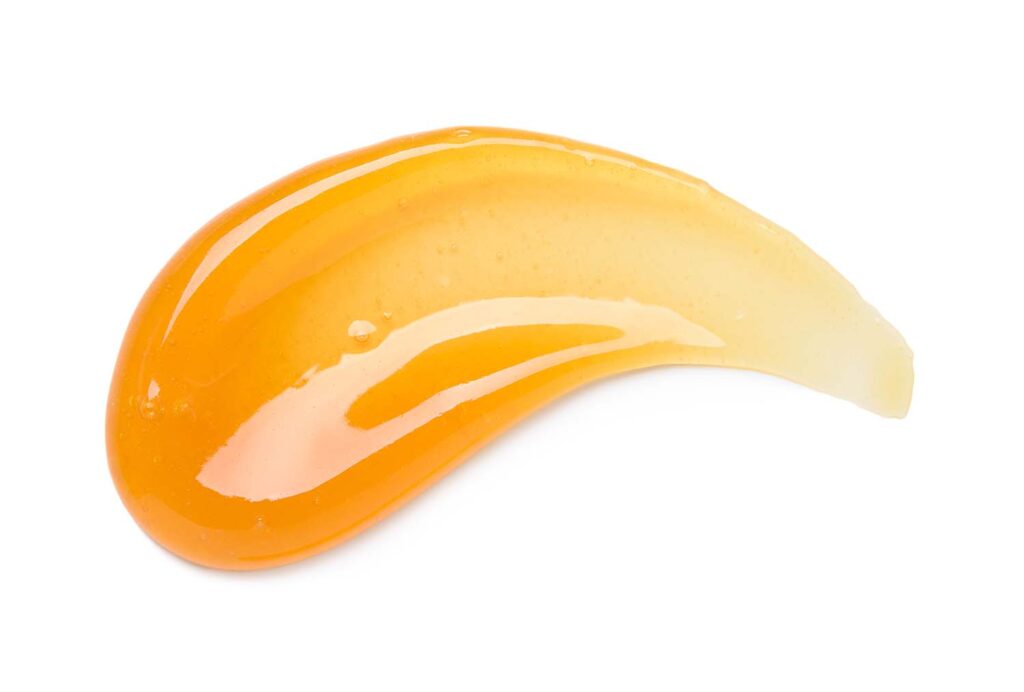What is Manuka Honey?
Manuka honey is known for its natural medicinal properties. The Methylglyoxal (MGO) present in Manuka honey is what makes it unique. MGO has potent and long-lasting antibacterial, prebiotic, anti-inflammatory and wound healing properties. Manuka honey is produced in Australian and New Zealand from the Leptospermum family of plants. The bees collect the nectar from these plants to create Manuka honey. The Leptospermum family of plants are endemic to Australia and there are over 83 varieties present. In New Zealand there is one variety from Leptospermum family. Due the large number of plant varieties and size of the country, some of the Australian Leptospermum plant varieties produce the strongest MGO Manuka honey in the world.[1] Manuka honey contains several other naturally occurring beneficial compounds including:
- Hydrogen Peroxide (antibacterial properties)
- Flavonoids and Polyphenols (antioxidant, anti-inflammatory and antimicrobial properties)
- Vitamins
- Minerals
- Animo Acids
- Enzymes
- Fructo-oligosaccharides (having a prebiotic effect)
The signature markers of Manuka honey are the unique compounds it contains, which are Methylglyoxal (MGO), Dihydroxyacetone (DHA) and Leptosperin.
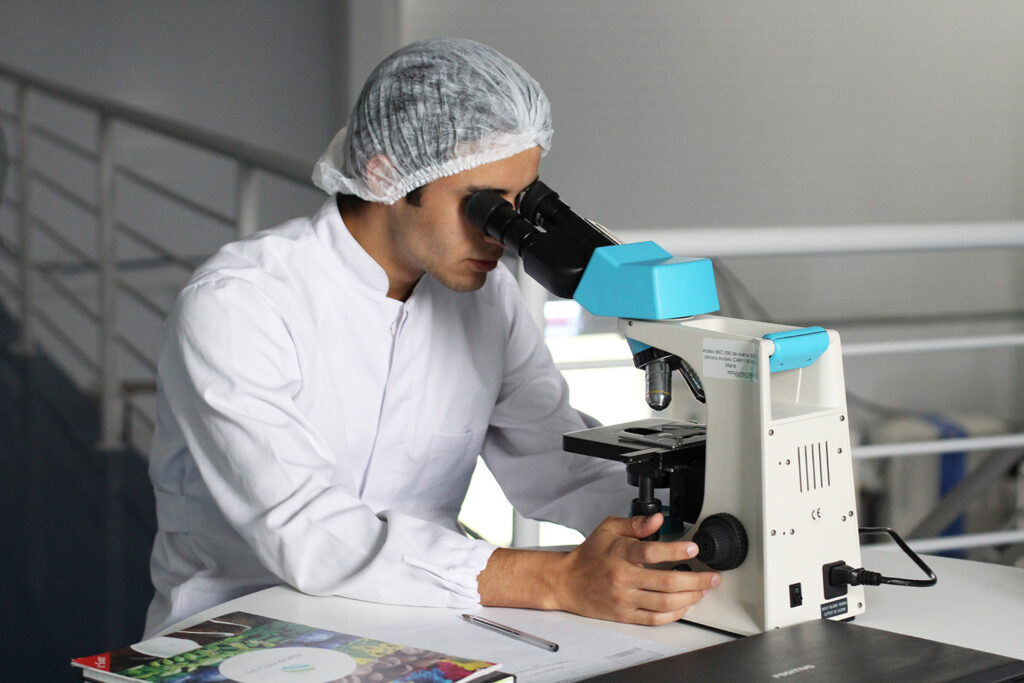
What does MGO stand for in Manuka honey?
The bioactive long-lasting compound in Manuka honey is Methylglyoxal (MGO). MGO is a naturally occurring compound which also occurs in small amounts in the human body and other foods. In Manuka honey MGO is much more concentrated. While some of the other beneficial compounds in Manuka honey are antibacterial, MGO is a stable longer lasting antibacterial compound. The level of MGO in Manuka honey is tested and the higher the concentration of MGO the higher rating the honey is awarded from 30+ to 2000+h
Where does MGO come from?
Leptospermum plants produce DHA as a precursor compound in their blossom nectar. When conditions are ideal for Manuka honey, over time the level of DHA decreases and a corresponding increase of MGO occurs. This is why Manuka honey is often stored for a time before sale so that the level of the MGO can mature or ripen. Generally, a high level of DHA means that there is likelihood that the honey will mature with high levels of MGO.
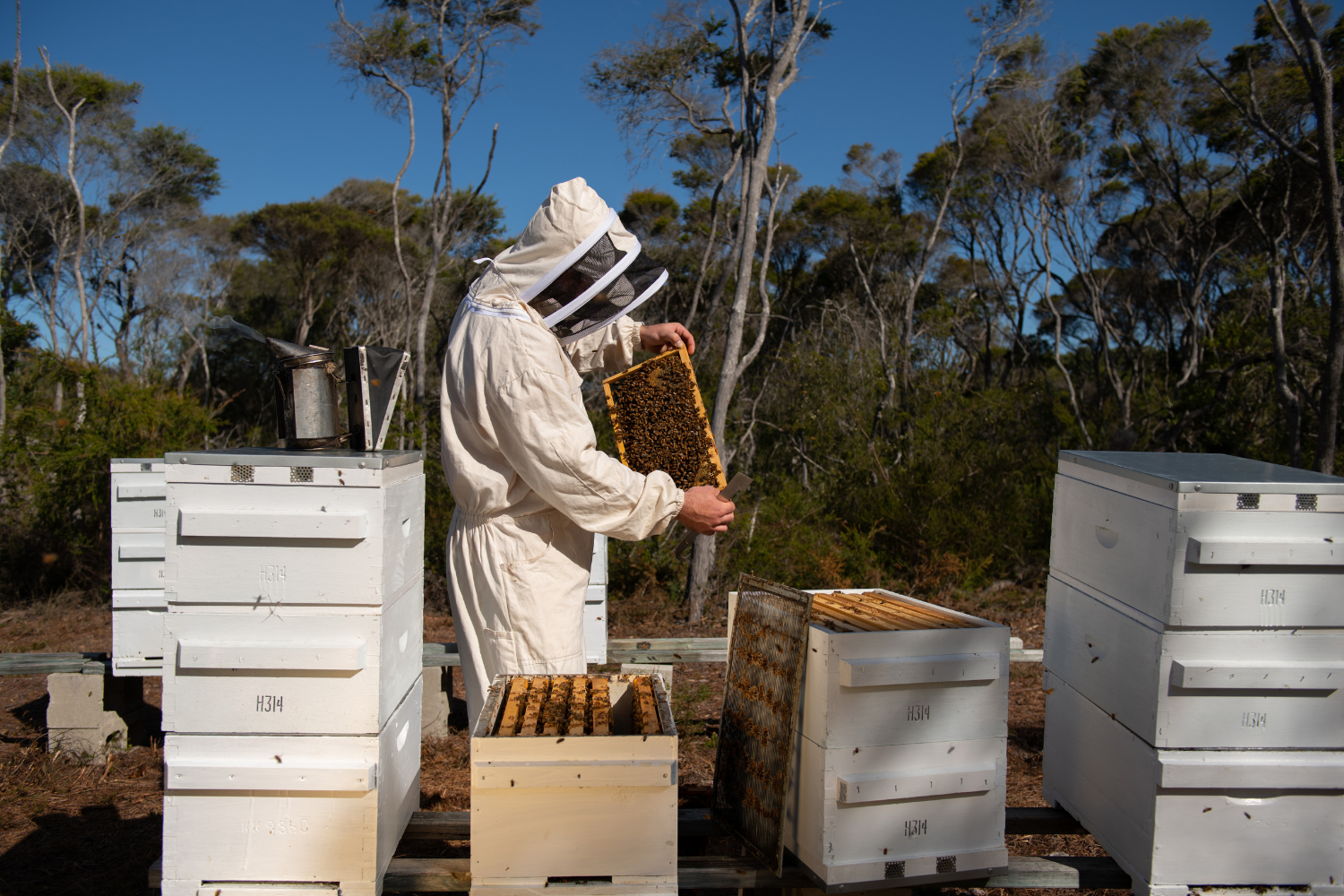
What are the health benefits of Methylglyoxal (MGO)?
The health benefits and uses of Manuka honey include use for treatment of ailments and injuries:
- Oral care for treating oral bacteria, prevent plaque formation and ulcers.
- Digestive conditions including ulcers, gastritis, reflux, irritated bowel disorder and syndrome (IBD and IBS).
- Colds, coughs and flu including sore throats.
- Wound and burn dressing and healing. Manuka honey cleanses and moistens wounds, while also promoting the growth of healthy skin cells.
- Skin conditions eczema, acne and diabetic ulcers. The antibacterial and anti-inflammatory properties of Manuka honey help to sooth and clean the skin. [2] [3] [4]
Manuka honey can also be taken as a daily health supplement for general health and wellbeing. Manuka’s prebiotic effect helps promote the growth and activity of good gut bacteria. This can naturally boost the immune system by improving the gut bacteria.
Manuka honey can also be used as a natural facial applied directly to moist skin for 10 minutes before washing off with warm water.
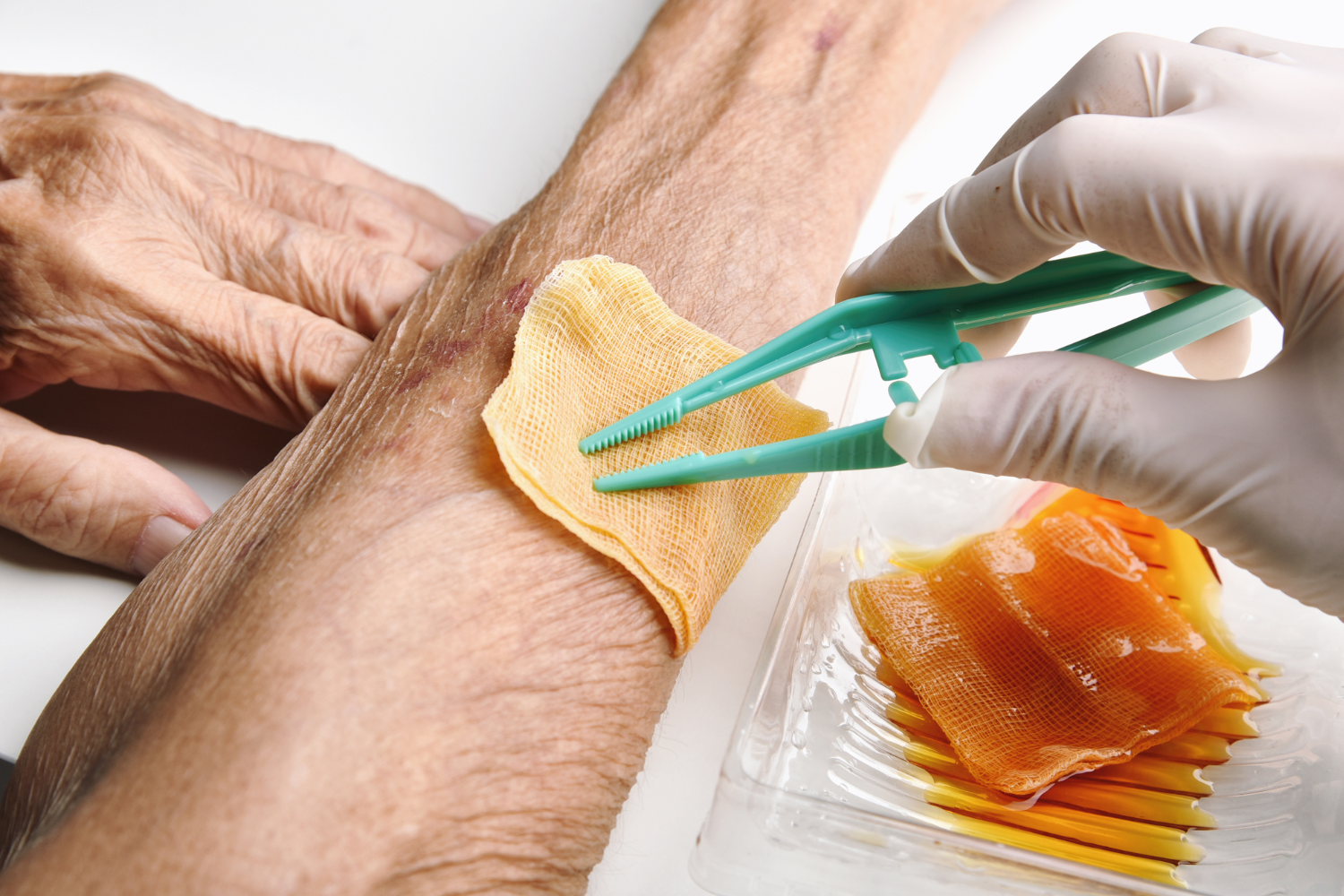
The properties of Manuka honey and MGO
The health benefits of Manuka honey are derived from several naturally occurring properties which include:
- Antibacterial and Antimicrobial, MGO in Manuka honey has been found to eliminate antibiotic resistant strains of bacteria such as Golden Staph. [4]
- Anti-inflammatory properties of Manuka honey can inhibit the production of inflammatory mediators. [5]
- Antioxidant activity which helps protect cells from oxidation stress from free radicals.
- Stability, unlike other antibacterial compounds MGO can withstand enzymes, this allows for consistent and long-lasting antimicrobial effects.
The MGO ratings for Manuka Honey
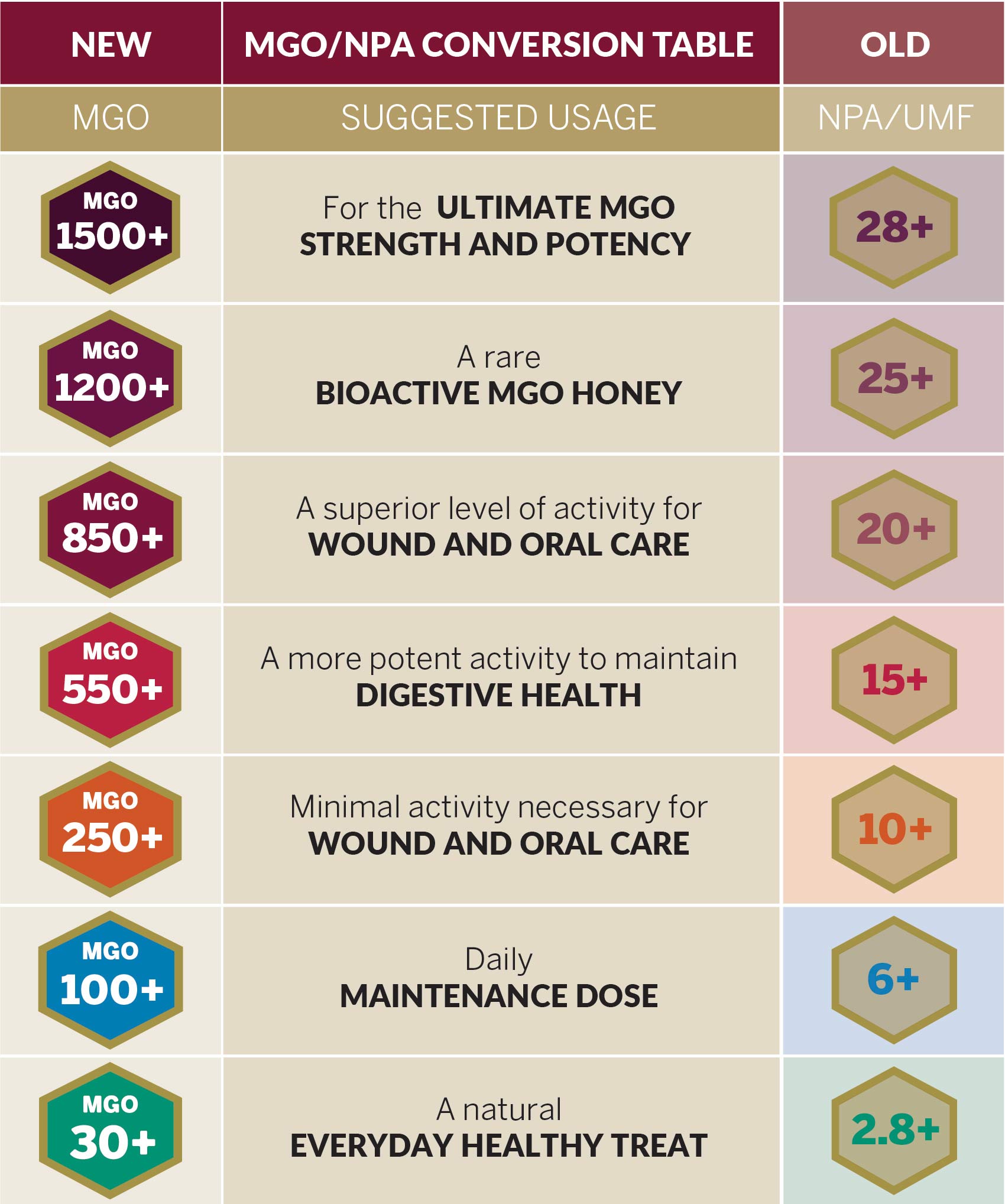
Which MGO rating is right for you?
MGO 30+ – 100+
MGO 30+ can be used as an Everyday Healthy Treat. This multifloral Manuka honey is mild strength. It is perfect morning and night as a natural healthy treat or tasty alternative to sugar. Can be eaten straight off the spoon or in recipes.
MGO 100+ is a Daily Maintenance Dose. Can be used daily for good health and wellbeing. This honey can also be used directly on skin as a natural beauty treatment or a healthy supplement and energy booster.
MGO 250+ – 550+
MGO 250+ is the minimal activity required for Wound and Oral care and is scientifically proven to have reliable antibacterial potency. Used in treatment of minor cuts, burns and skin conditions in both humans and animals.
MGO 550+ potency is ideal to maintain Digestive Health. It is powerful superfood and prebiotic with strong antibacterial strength. Excellent for use with gut problems and stomach ulcers.
MGO 850+ – 1200+
MGO 850+ Manuka honey is good Wound and Oral Care for wounds that are slow to heal, as it has more potent antibacterial and cleansing properties and promotes faster skin healing. This honey is also great to treating common colds, sore throats and coughs.
MGO 1200+ is a Super Manuka and has all the previous medicinal benefits but if you require a more rapid and potent action choose this honey.
MGO 1500+
MGO 1500+ is a stronger MGO honey and has all the benefits of other Manuka honey but is more potent.
Higher rated honeys can be used instead of lower rated honeys however, lower rated honeys do not work in place of higher rated honeys.
If symptoms persist or you are unsure or have a medical condition speak to your medical professional before using Manuka honey.
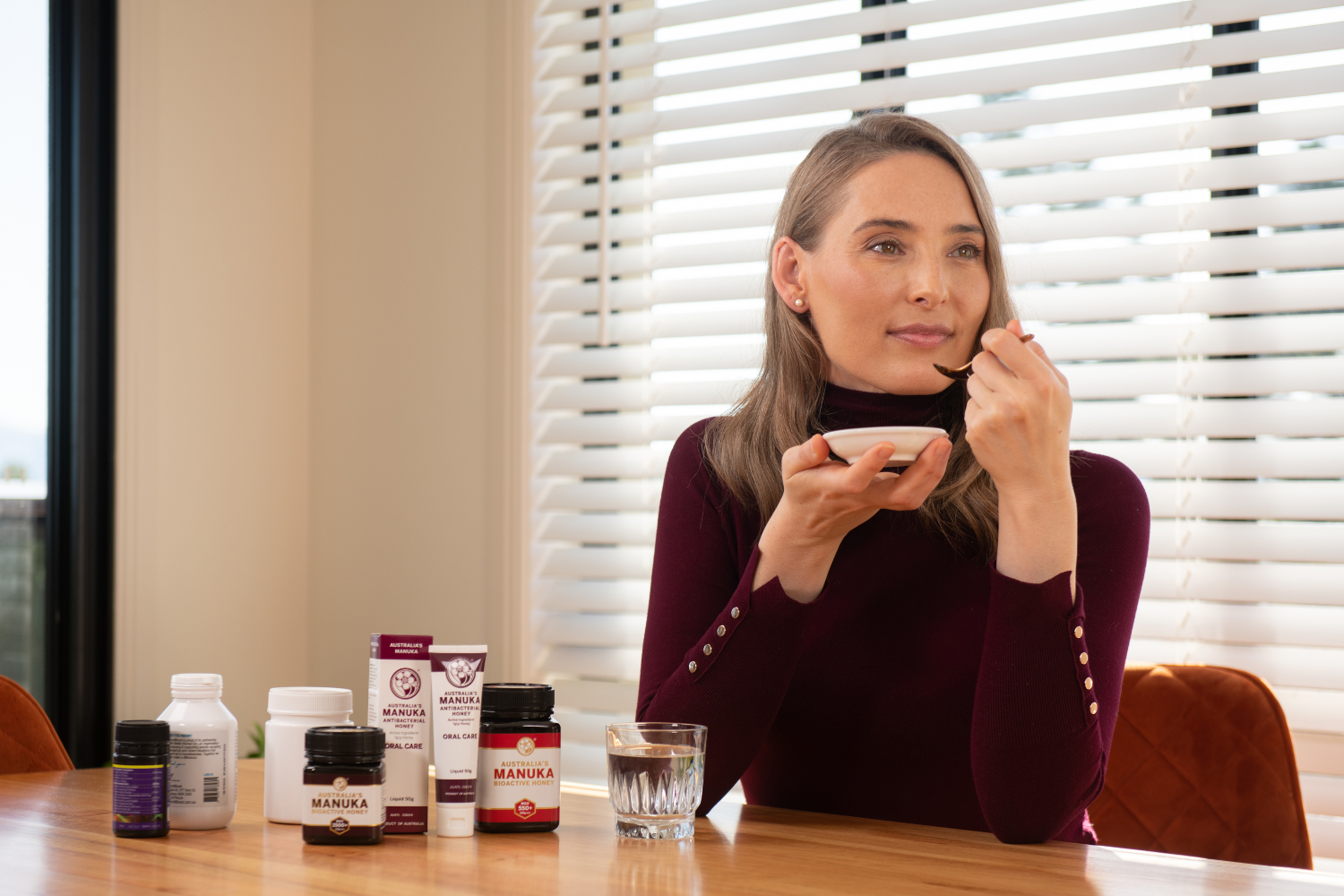
MGO vs UMF Ratings
Hydrogen Peroxide is generally present to some degree in all honey which only gives honey a short term antibacterial property. However, in the 1980’s Professor Peter Molan discovered that Manuka honey continued to exhibit strong antibacterial properties after the Hydrogen Peroxide was neutralised. Professor Molan was not sure of what compound was causing the continued antibacterial effects, so he named it the Non-Peroxide Activity or NPA and in New Zealand it was termed the Unique Manuka Factor, UMF. Later scientist discovered that the long-lasting compound was Methylglyoxal and thus the modern rating system of MGO was established.
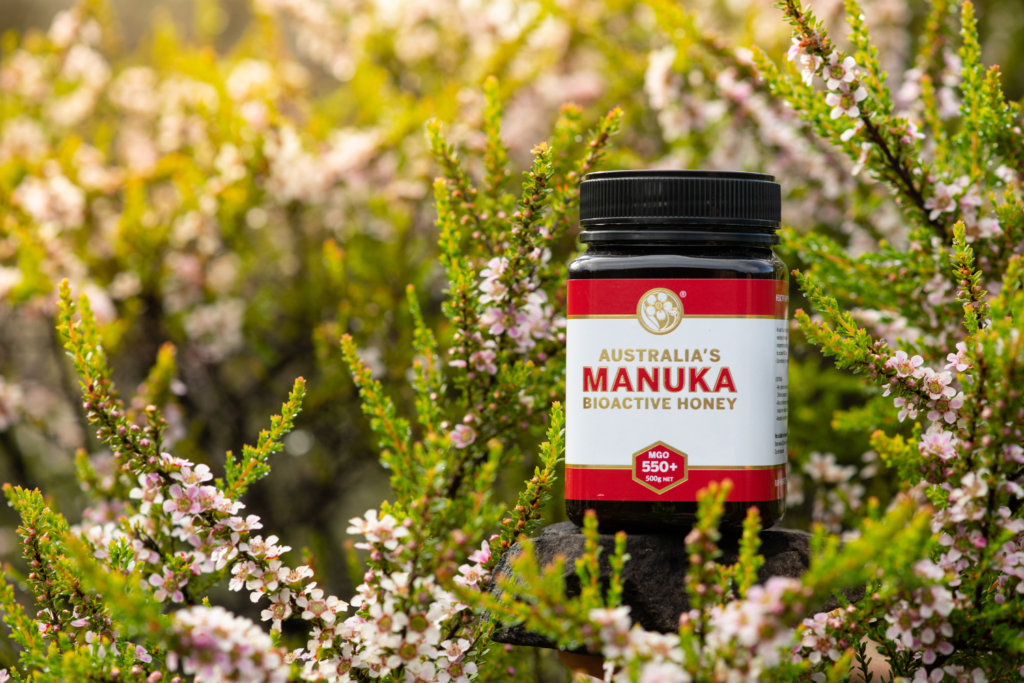
Try Australia’s Manuka Honey with us today
We are a family owned and operated Australian beekeeping business. We produce some of the strongest and most pure Manuka honey in world. We pride ourselves on bringing the highest quality and independently tested Australian Manuka honey to consumers. We offer a range of Manuka honey products to suit different needs. Try some of our potent and delicious Manuka honey today.

[1] Irish J et al (2011), The Antibacterial Activity of Honey Derived from Australian Flora, University of Sydney, PLoS ONE 6(3): e18229
[2] Tonks AJ et al (2003), Honey stimulates inflammatory cytokine production from monocytes, Cytokine, 21(5): 242-7
[3] Molan P (1992), The antibacterial activity of honey 1. The nature of antibacterial activity, Bee World, 73(2): 5-28
[4] Molan P (1992), The antibacterial activity of honey: 2. Variation in potency of antibacterial activity, Bee World, 73(2):59-76
[5] Knoch E et al (2014), Arabinogalactan proteins: focus on carbohydrate active enzymes, Frontiers in Plant Science, 5

